‘Brutalist Paris’ is a book that lays bare the legacy of the city’s concrete architecture
Architectural cartographer Blue Crow Media launches ‘Brutalist Paris’, its first book, a photographic study of the French capital’s surviving brutalist treasures and concrete impasses
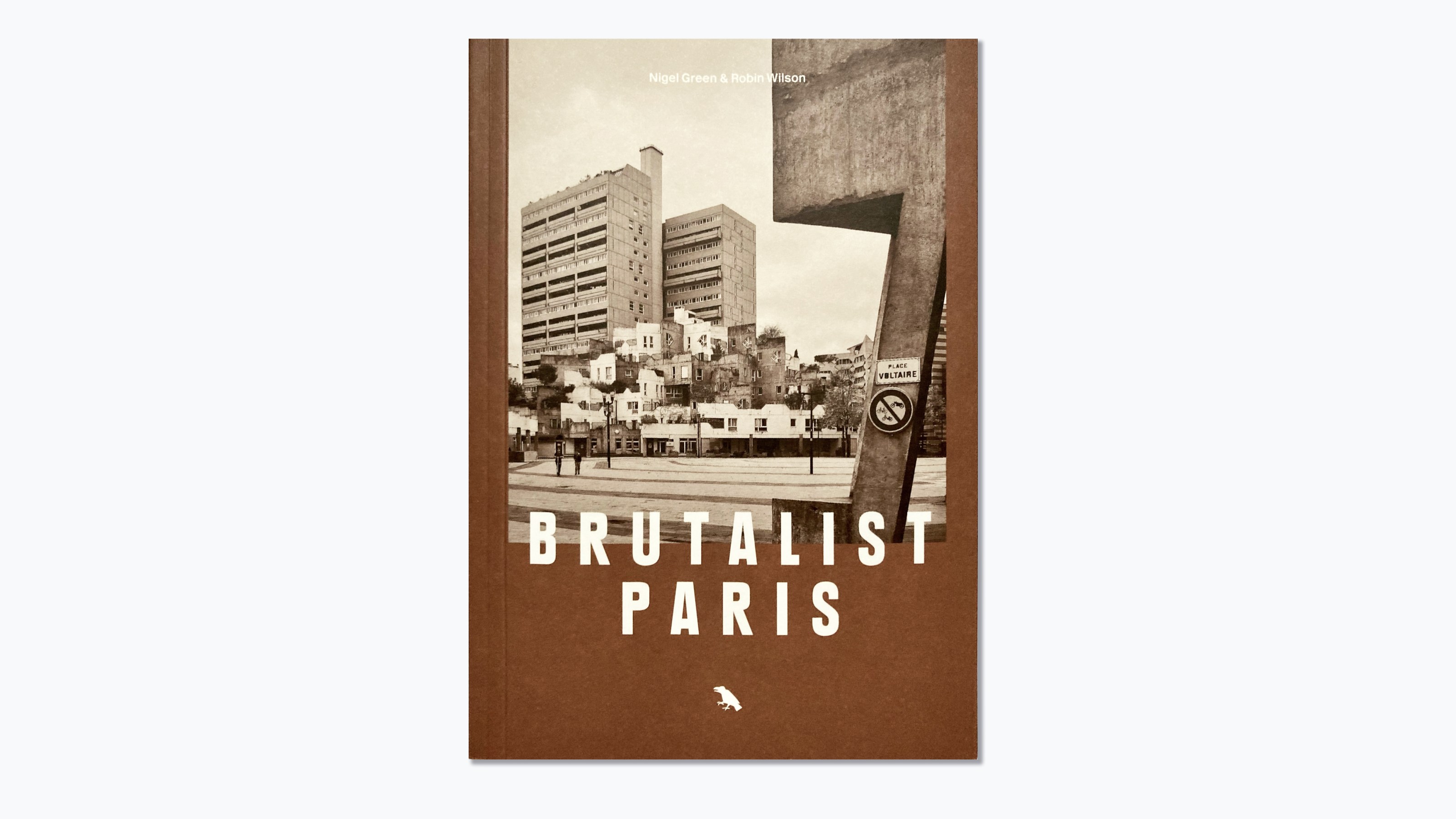
The photography and essays in Brutalist Paris are underpinned by five years of research into modernist architecture in the French metropolis; they celebrate the city's brutalist architecture, and also make up the first, expansive architecture book from Black Crow Media, long-time specialist in concrete cartography.
With photography by Dr Nigel Green of Photolanguage and words by Bartlett associate professor Dr Robin Wilson, Brutalist Paris is very far from being a light-hearted skim over the uncompromising aesthetics of the city’s post-war concrete architecture. Instead, it puts the spotlight on 50 key buildings, connecting them with seven academic essays that look deep into French culture’s relationship with architecture, modernity, and social change.
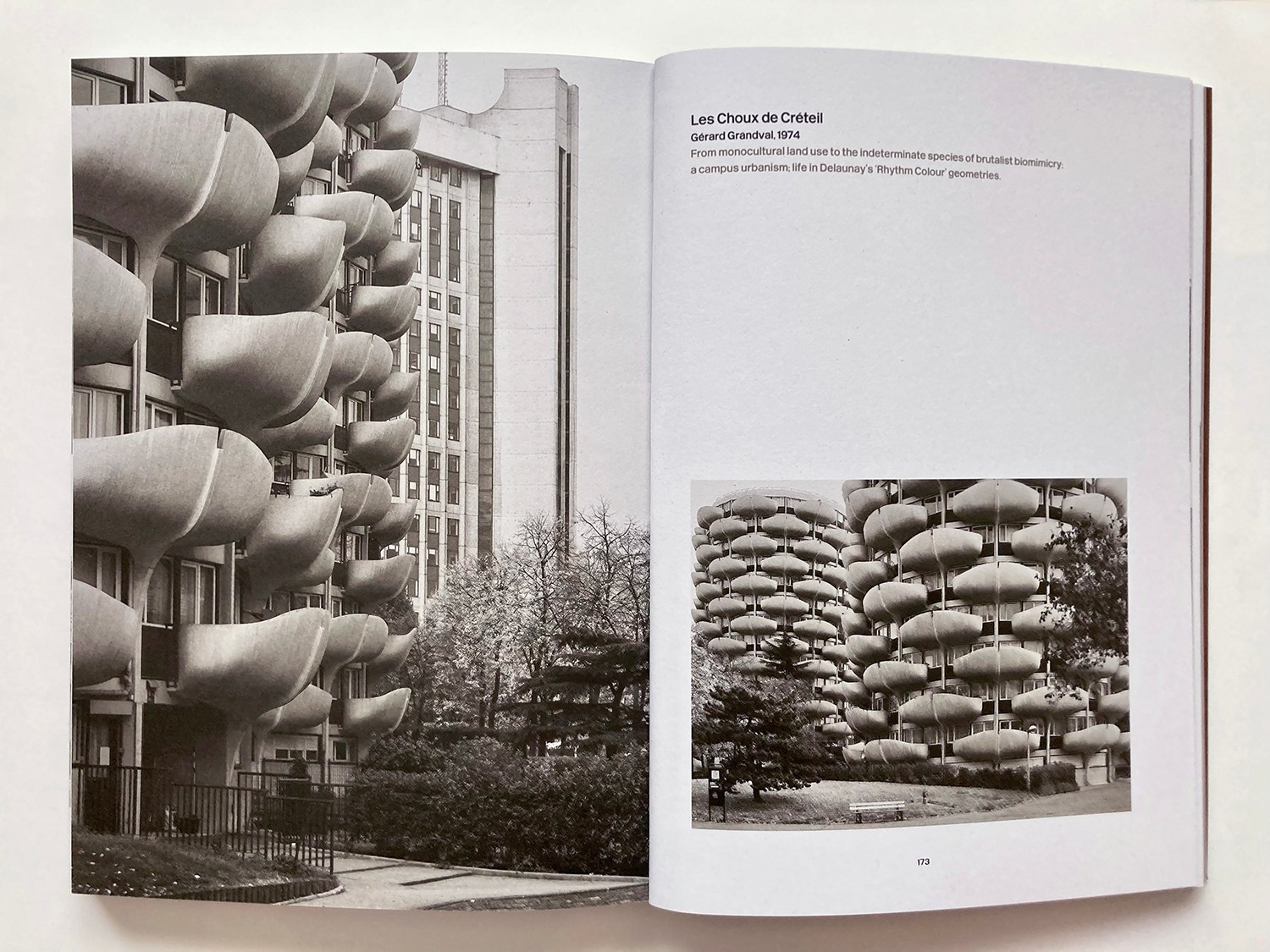
Inside Brutalist Paris
Brutalism will always be controversial, despite the uptick in interest driven almost entirely by this architecture’s undeniable aesthetic presence. Paris has many icons of the genre, including important works by Oscar Niemeyer’s abstract Communist Party Headquarters (1968-80), Lucio Costa and Le Corbusier’s Maison du Brésil (1959), and Harry Seidler’s Australian embassy of 1978, designed with Marcel Breuer and Pier Luigi Nervi, all represented here.
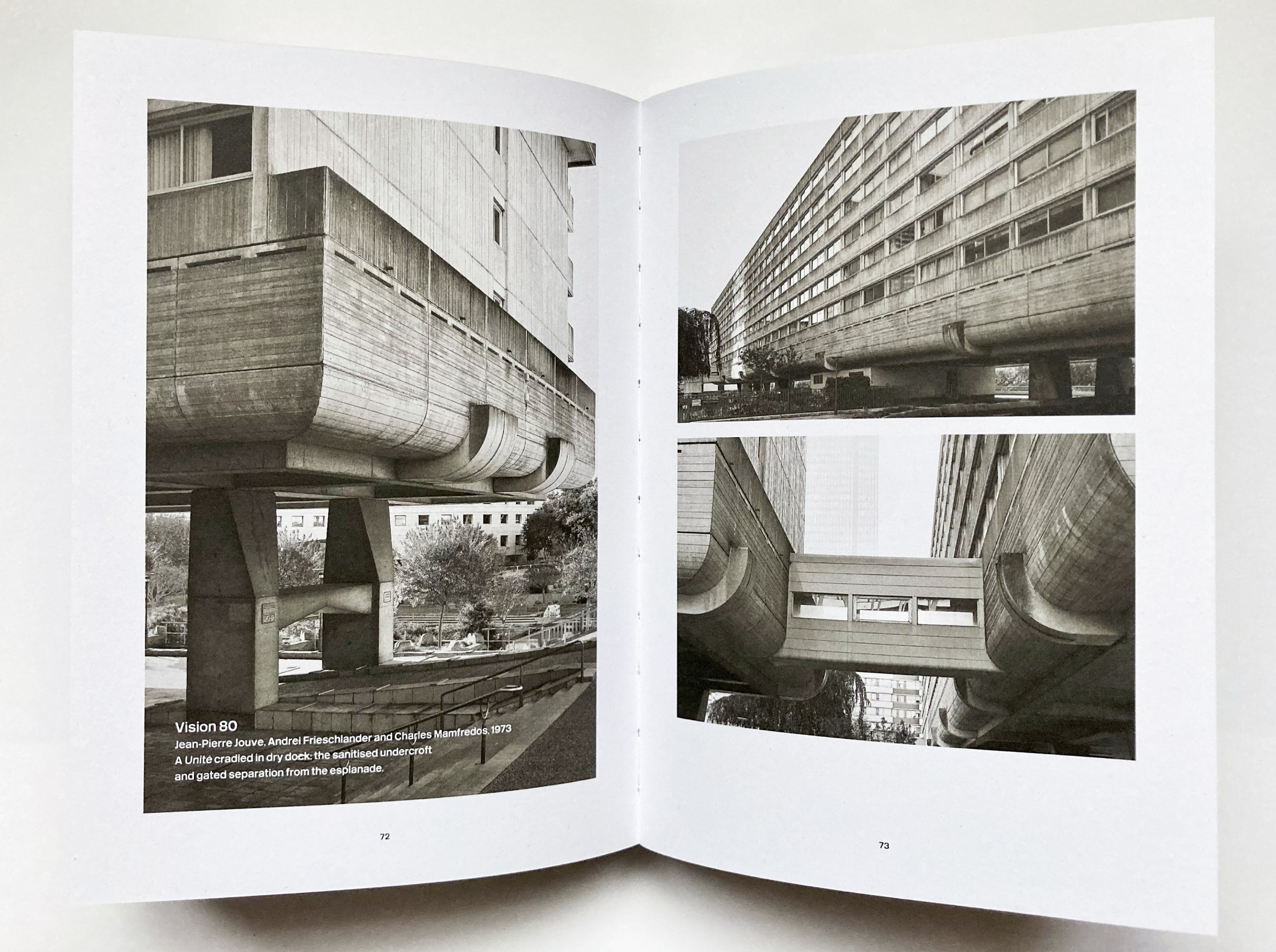
Arguably, such works were underpinned by France’s much stronger modernist – and socialist – tradition. The flipside was the uncompromising mass housing projects that sprang up in the suburbs, intended as epic and soul-stirring, but resulting as forbidding and bleak. The inclusion of the occasional ruin highlights the dichotomy of raw concrete, forever fated to carry strong opinions, whether positive or negative.
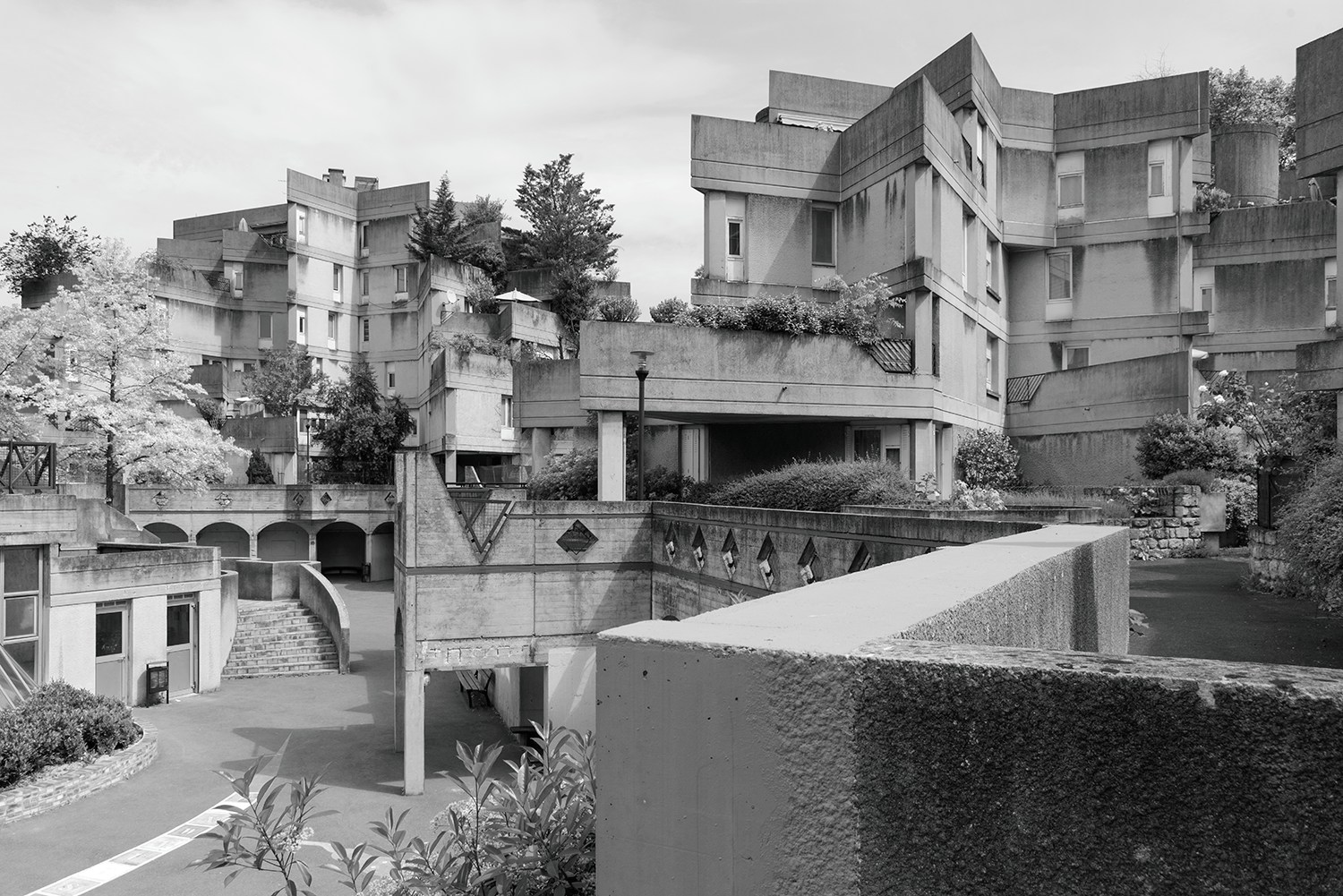
Ivry-Cité du Parc and the Albert Einstein School, Jean Renaudie, Nina Schuch and Serge Renaudie, 1982-83 (photograph: Nigel Green)
Blue Crow Media’s maps are a concrete-lover’s dream, with over 50 published since 2017. These include explorations of Berlin, Montreal, Boston, Los Angeles, Prague and its recent study of modern Cambridge architecture. We welcome its shift into books – and happily, the end papers still contain a map.
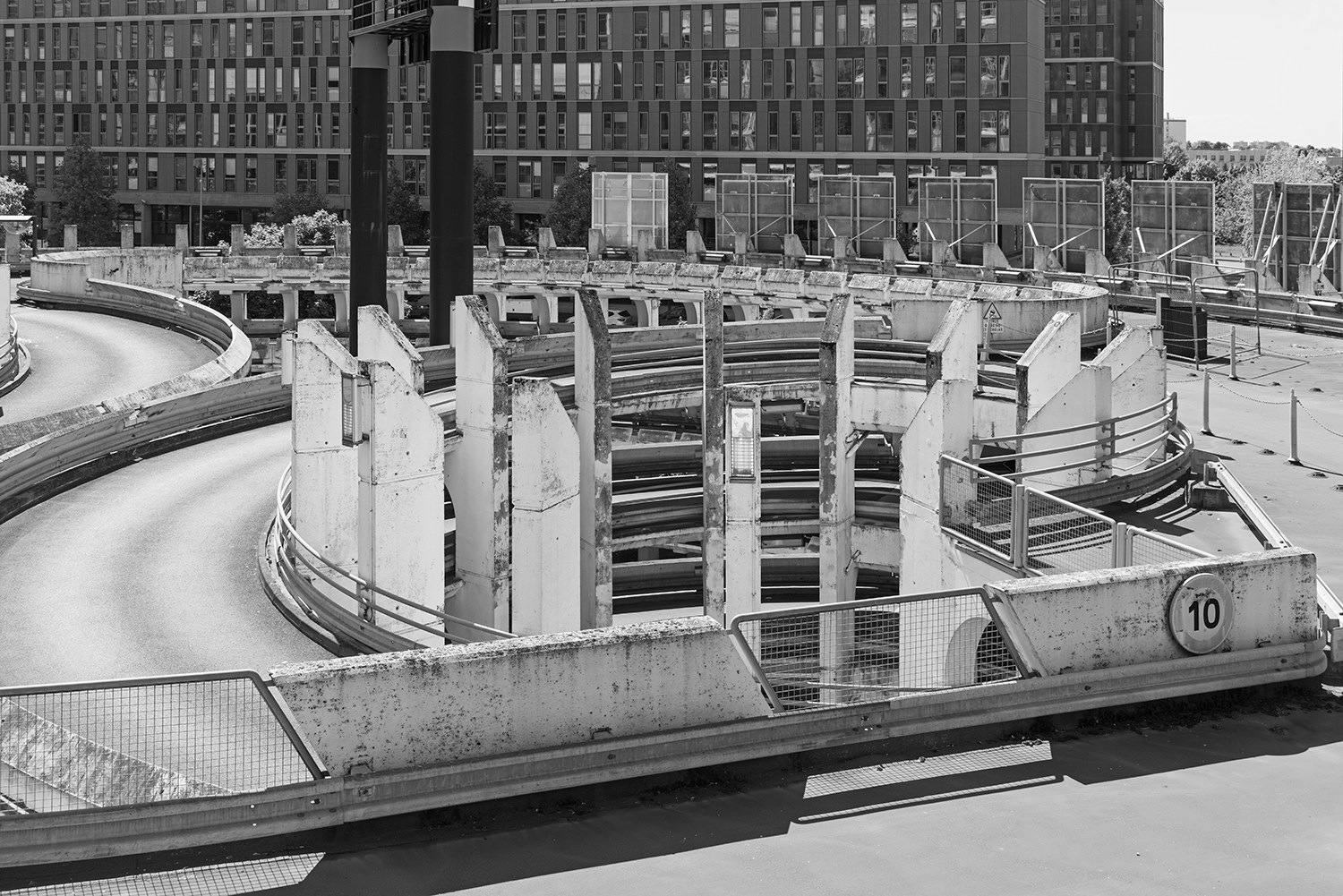
Multi-storey car park, Noisy-le-Grand, Jacques Kalisz and Roger Salem, 1977 (photograph: Nigel Green)
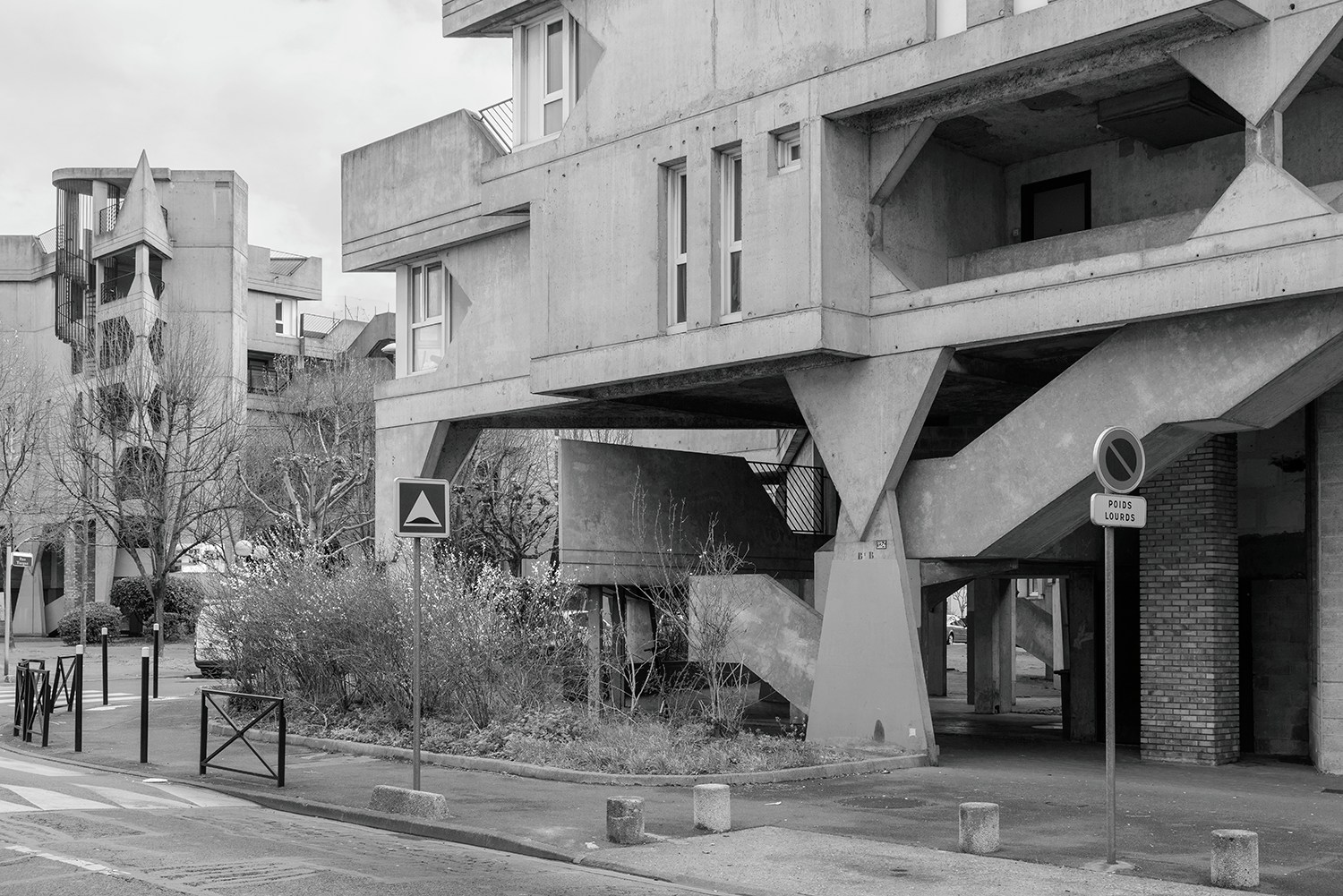
Cité Rateau, Atelier Renaudie, 1984 (photograph: Nigel Green)
Brutalist Paris, Robin Wilson, photographs by Nigel Green, Blue Crow Media, £24, published 1 March 2023
Wallpaper* Newsletter
Receive our daily digest of inspiration, escapism and design stories from around the world direct to your inbox.
Also available to pre-order at Waterstones.com
Jonathan Bell has written for Wallpaper* magazine since 1999, covering everything from architecture and transport design to books, tech and graphic design. He is now the magazine’s Transport and Technology Editor. Jonathan has written and edited 15 books, including Concept Car Design, 21st Century House, and The New Modern House. He is also the host of Wallpaper’s first podcast.
-
 Nikos Koulis brings a cool wearability to high jewellery
Nikos Koulis brings a cool wearability to high jewelleryNikos Koulis experiments with unusual diamond cuts and modern materials in a new collection, ‘Wish’
By Hannah Silver
-
 A Xingfa cement factory’s reimagining breathes new life into an abandoned industrial site
A Xingfa cement factory’s reimagining breathes new life into an abandoned industrial siteWe tour the Xingfa cement factory in China, where a redesign by landscape specialist SWA Group completely transforms an old industrial site into a lush park
By Daven Wu
-
 Put these emerging artists on your radar
Put these emerging artists on your radarThis crop of six new talents is poised to shake up the art world. Get to know them now
By Tianna Williams
-
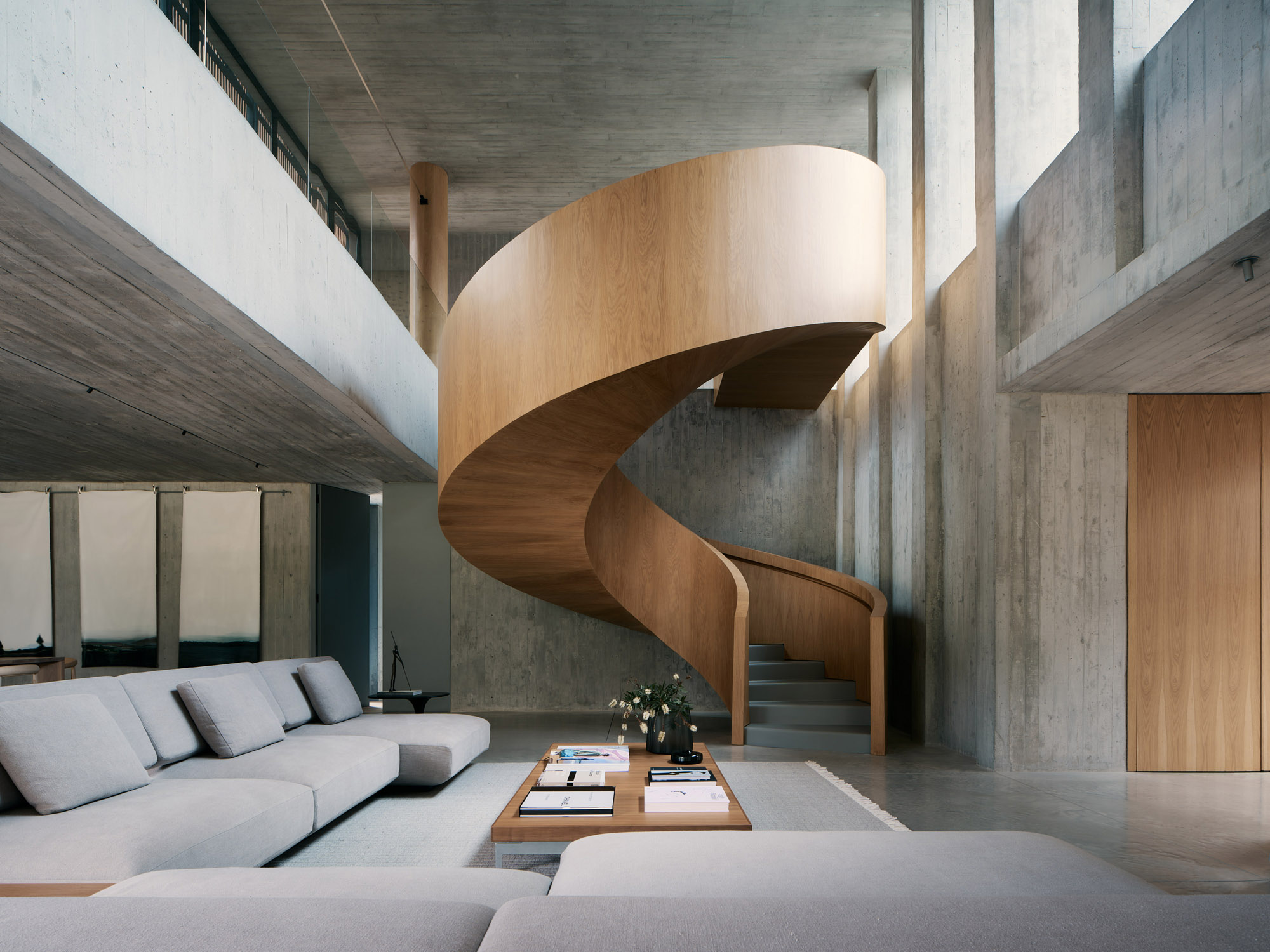 A Medellin house offers art, brutalism and drama
A Medellin house offers art, brutalism and dramaA monumentally brutalist, art-filled Medellin house by architecture studio 5 Sólidos on the Colombian city’s outskirts plays all the angles
By Rainbow Nelson
-
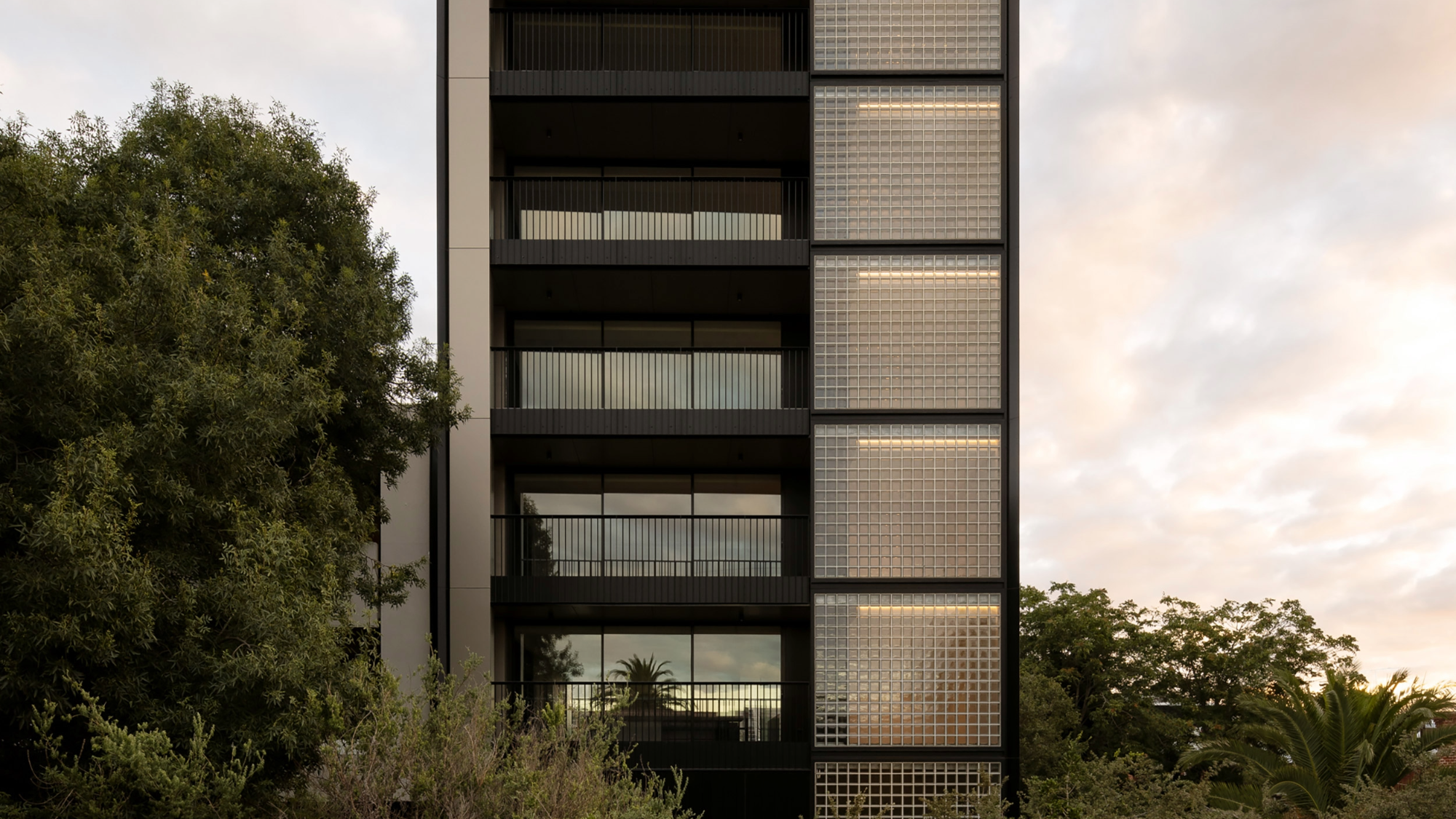 The humble glass block shines brightly again in this Melbourne apartment building
The humble glass block shines brightly again in this Melbourne apartment buildingThanks to its striking glass block panels, Splinter Society’s Newburgh Light House in Melbourne turns into a beacon of light at night
By Léa Teuscher
-
 Croismare school, Jean Prouvé’s largest demountable structure, could be yours
Croismare school, Jean Prouvé’s largest demountable structure, could be yoursJean Prouvé’s 1948 Croismare school, the largest demountable structure ever built by the self-taught architect, is up for sale
By Amy Serafin
-
 Jump on our tour of modernist architecture in Tashkent, Uzbekistan
Jump on our tour of modernist architecture in Tashkent, UzbekistanThe legacy of modernist architecture in Uzbekistan and its capital, Tashkent, is explored through research, a new publication, and the country's upcoming pavilion at the Venice Architecture Biennale 2025; here, we take a tour of its riches
By Will Jennings
-
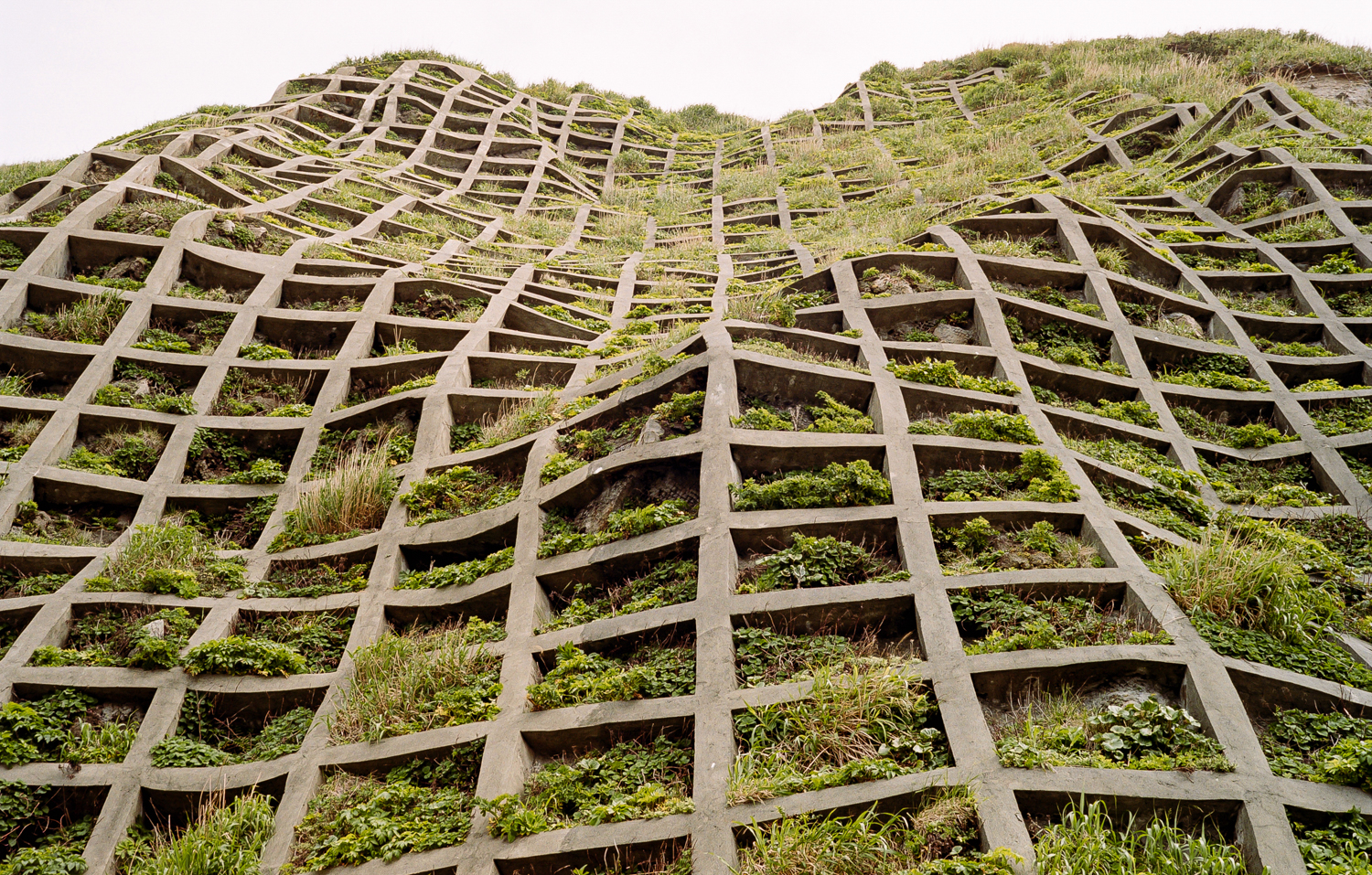 The best brutalism books to add to your library in 2025
The best brutalism books to add to your library in 2025Can’t get enough Kahn? Stan for the Smithsons? These are the tomes for you
By Tianna Williams
-
 At the Institute of Indology, a humble new addition makes all the difference
At the Institute of Indology, a humble new addition makes all the differenceContinuing the late Balkrishna V Doshi’s legacy, Sangath studio design a new take on the toilet in Gujarat
By Ellie Stathaki
-
 How Le Corbusier defined modernism
How Le Corbusier defined modernismLe Corbusier was not only one of 20th-century architecture's leading figures but also a defining father of modernism, as well as a polarising figure; here, we explore the life and work of an architect who was influential far beyond his field and time
By Ellie Stathaki
-
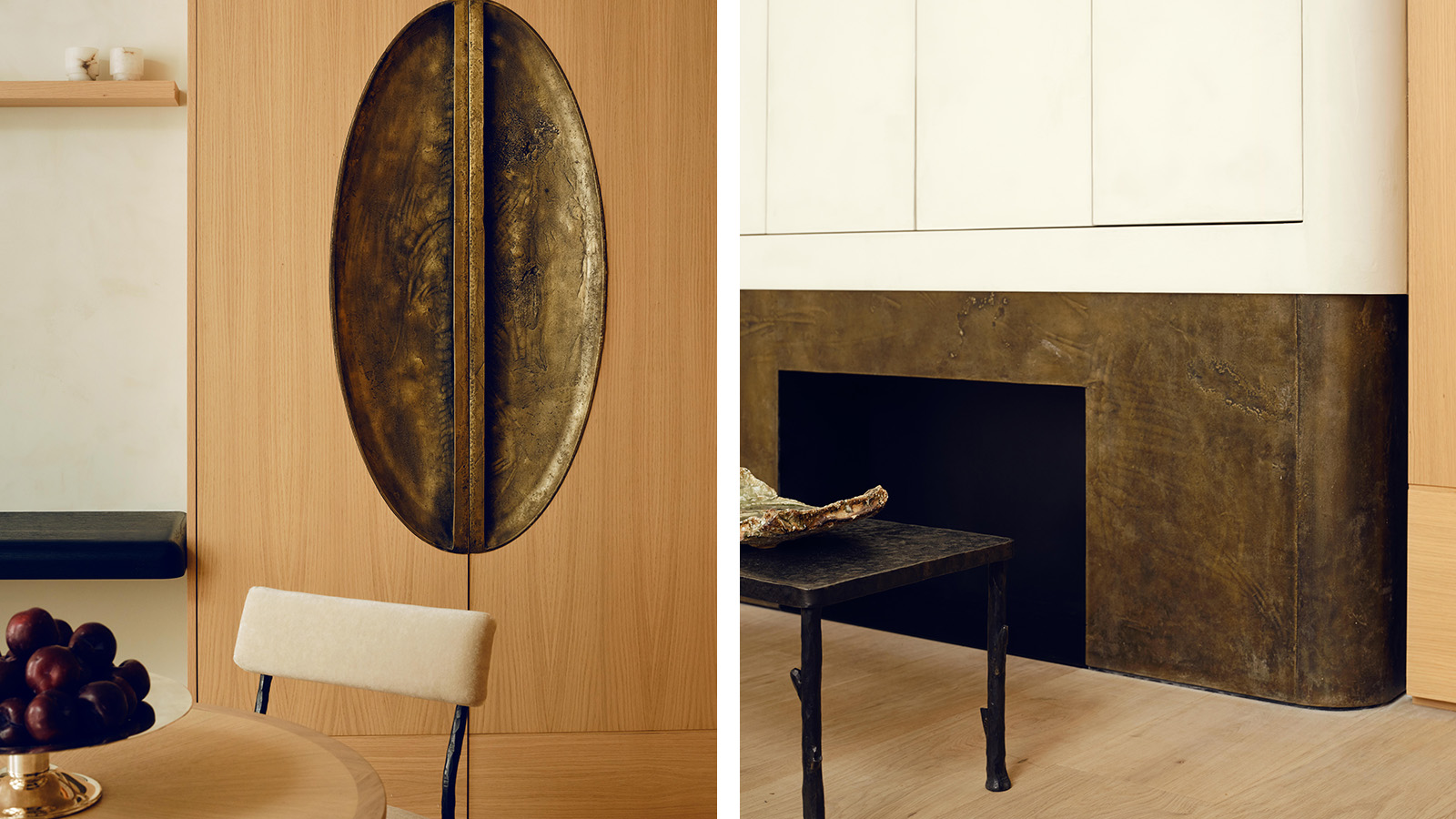 Stay in a Parisian apartment which artfully balances minimalism and warmth
Stay in a Parisian apartment which artfully balances minimalism and warmthTour this pied-a-terre in the 7th arrondissement, designed by Valeriane Lazard
By Ellie Stathaki